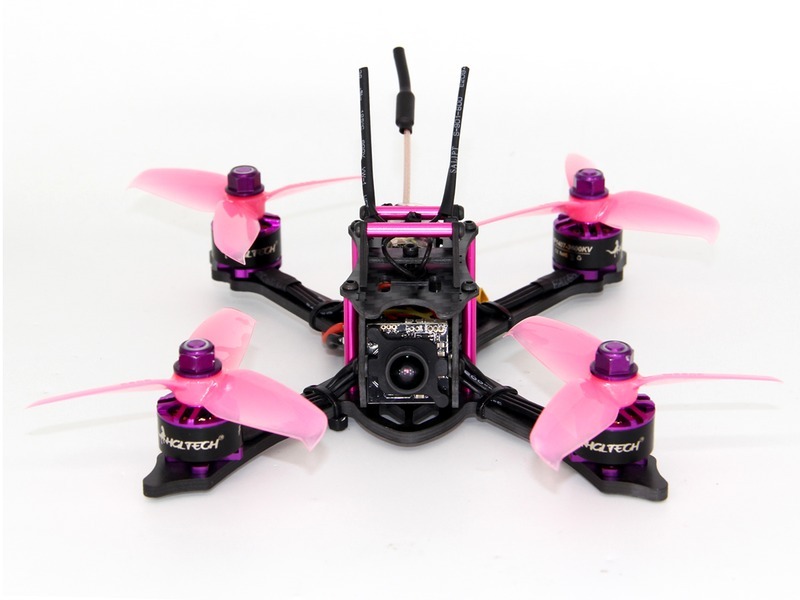What is the physics of drone flight?

The physics of drone flight is a complex topic that involves a variety of forces and principles. To understand how drones fly, we must first understand the basic principles of aerodynamics, which is the study of how air interacts with solid objects.
Air is made up of molecules that are constantly moving in random directions. When an object moves through the air, the air molecules are pushed aside, creating a region of low pressure behind the object and a region of high pressure in front of it. This difference in pressure creates a force known as lift, which is what allows an object to fly.
In addition to lift, drones must also generate thrust in order to move forward. This is done by spinning propellers, which generate thrust by pushing air downwards. This downward thrust creates an opposite force, known as drag, which opposes the forward motion of the drone.
The combination of lift and thrust is what allows a drone to move in any direction. By changing the speed of the propellers, the drone can increase or decrease the amount of lift and thrust it produces, allowing it to ascend, descend, and turn.
The physics of drone flight also involves gravity. Gravity is a force that pulls objects towards the center of the Earth. As a drone moves through the air, it is constantly fighting against gravity in order to stay in the air.
Finally, the physics of drone flight also involves the principles of stability and control. Stability refers to the ability of a drone to maintain its orientation in the air. This is done by using sensors to detect changes in the drone’s orientation and then adjusting the speed of the propellers accordingly. Control refers to the ability of the drone to respond to commands from the pilot. This is done by using a remote control or an on-board computer to send commands to the drone’s motors.
The physics of drone flight is a complex topic that involves a variety of forces and principles. By understanding these forces and principles, we can better understand how drones are able to fly and maneuver in the air.
Comments / Question
2. Moment of Inertia: Moment of inertia is the resistance of a body to changes in its rotation. A drone uses its moment of inertia to resist changes in its orientation and maintain its balance in the air.
3. Center of Gravity: The center of gravity of the drone is the point at which all of the weight of the drone is concentrated. The drone uses its center of gravity to maintain its balance and orientation in the air.
4. Aerodynamics: Aerodynamics is used to help the drone maintain its balance and orientation in the air. The shape and design of the drone’s body, as well as the airfoils on its propellers, create lift and help the drone to remain stable in the air.
The four forces of flight interact to affect a drone's flight path in the following ways:
Lift: Lift is generated by the drone's propellers, which create an upward force that counteracts the force of gravity, allowing the drone to remain airborne.
Thrust: Thrust is generated by the drone's propellers, which create a forward force that propels the drone forward.
Drag: Drag is generated by the air resistance that the drone encounters as it moves through the air. This force acts in the opposite direction of the drone's motion, slowing it down.
Gravity: Gravity is the force that pulls the drone towards the ground. This force is countered by the lift generated by the drone's propellers, allowing the drone to remain airborne.
The four forces of flight interact to affect a drone's flight path by providing the necessary lift, thrust, and drag to keep the drone in the air and propel it in the desired direction.
2. Bernoulli's Principle: Bernoulli's principle states that an increase in the speed of a fluid (such as air) results in a decrease in pressure. This principle is used to generate lift in a drone, as the air passing over the top of the wings is faster than the air passing underneath, resulting in a decrease in pressure above the wings and an increase in pressure below the wings. This pressure difference creates lift, allowing the drone to fly.
3. Aerodynamics: Aerodynamics is the study of how air interacts with objects moving through it. The shape of the drone's body and wings, as well as the angle of attack of the wings, all affect the amount of lift generated and the overall performance of the drone in flight.

